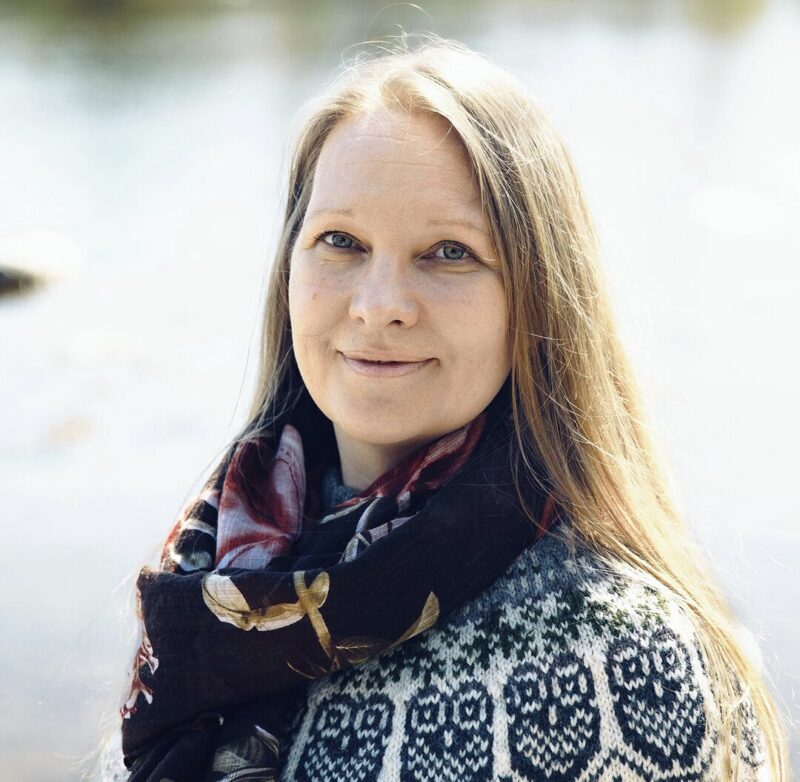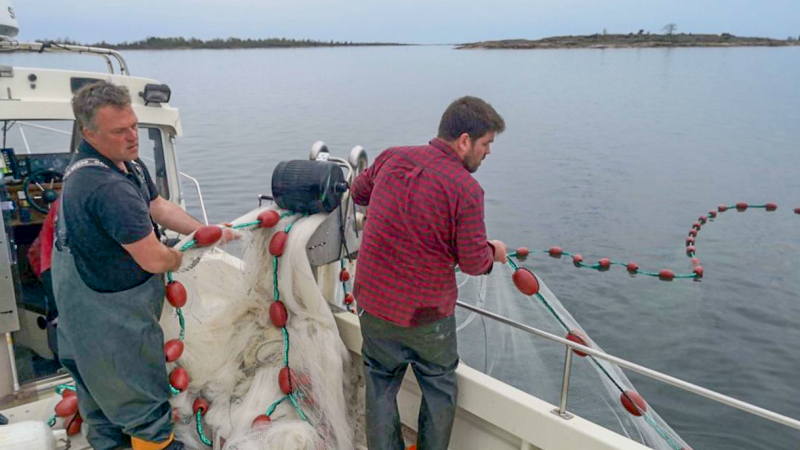SEABASED Project
The project evaluates and looks for methods to remove phosphorus already accrued in the sea. New methods are tried out with small-scale, local pilots. The results of the project will be assembled in a report, delivered to authorities and decision-makers, on the requirements and applicability of the methods in the varying conditions of the Baltic Sea.
Co-funded by

More information:

SEABASED – Project for reducing the internal load of the Baltic Sea
The goal of the SEABASED Project was to reduce the consequences of eutrophication in the Baltic Sea. The project piloted and assessed measures that seek to improve the status of the selected sea bays by reducing the internal load of the sea. Some of the measures can also support the circular economy by recycling nutrients from sea to land.
In the project in Finland, Åland and Sweden were piloted
- recycling of the nutrient-rich water for irrigation of fields
- binding of phosphorus in the seabed sediment by using natural, limestone-based material (heat-treated marl)
- fishing stickleback to enhance predatory fish populations
In addition in Sweden were piloted
- artificial reef, sand instructions for making a pike factory, a wetland to enhance pike populations
A concept for aquatic compensations was designed, related to the renovation of the Water Act in Åland. The potential of sediment top-layer removal for phosphorus uptake and reducing the oxygen demand in the bottom was studied with incubation tests in laboratory scale.
The SEABASED Project engaged various stakeholders of the society in an open dialogue on the benefits and risks of the measures, and their applicability for the Baltic Sea, and produced information on the feasibility, risks, monitoring, cost-effectiveness, and development needs of different sea-based measures aiming to reduce the internal nutrient load in the sea. The knowledge along with practical experiences was compiled into Practical Guidelines to help Baltic Sea protection in the future.

The SEABASED Project was carried out in 2018-2021. The project was led by the John Nurminen Foundation and project partners were the Centre for Economic Development, Transport and the Environment for Southwest Finland, Government of Åland, the Åland Fishfarmers’ Association, Stockholm University and County Administrative Board of Östergötland. The project was co-financed by the EU Interreg Central Baltic Programme.